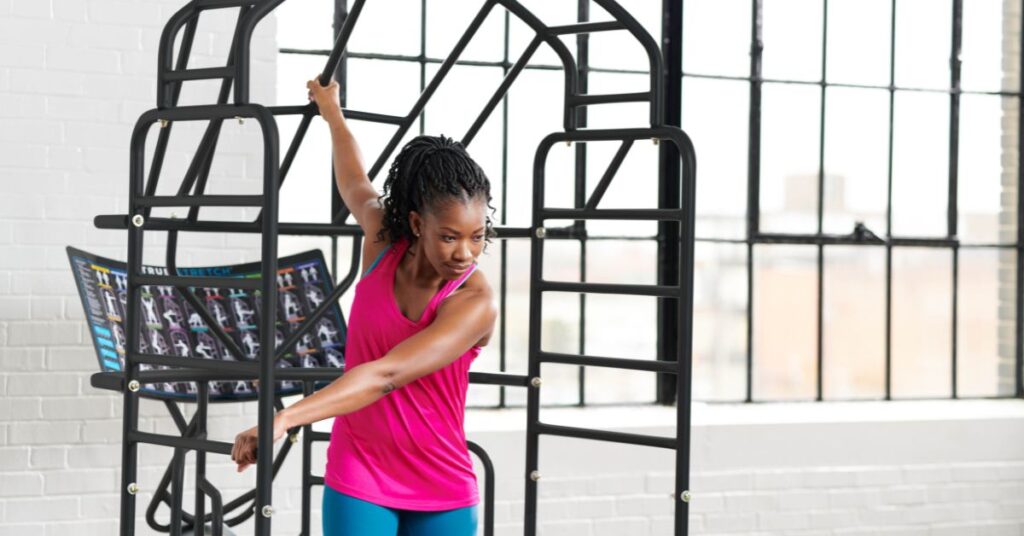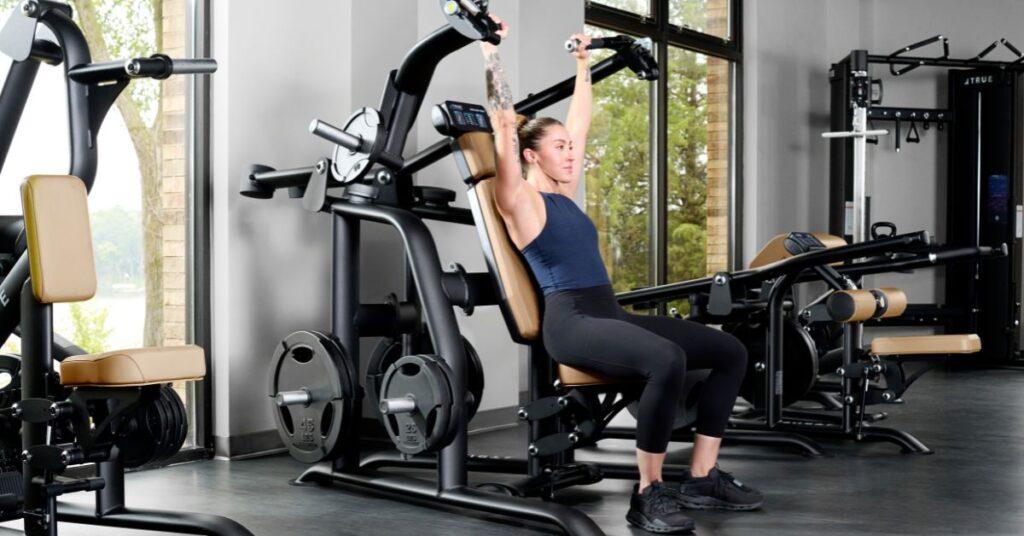Working the standard 9-to-5 job leaves individuals with little time to exercise, which can have an impact on their physical and mental well-being. Exercise helps release feel-good hormones, such as endorphins, which help alleviate the stress of the workday.
As an employer, it’s essential to promote a healthy work-life balance since this shows employees that they’re more than a number. Adding an exercise space to your office can improve job satisfaction, reduce absenteeism, and enhance team morale. This guide provides employers with office fitness area setup tips to create an efficient workout space.
Assessing Employee Needs
Before you look for fitness equipment or set anything up, create an anonymous survey to email to all of your workers. This helps you learn more about everyone’s fitness habits, preferred workout types, and time availability for office fitness activities. On the survey, there should be questions such as:
- How likely are you to use an office gym?
- What type of equipment would you like to see in the office fitness area?
- Do you prefer group fitness classes or individual workouts?
- What days/times are you most likely to use the office fitness area?
Use the survey results to guide your decisions about what equipment and activities to include in the office fitness area. This not only ensures that employees will utilize the space, but it also shows that employers value the employees’ opinions and preferences.
Pro Tip
Consider the demographics of your workforce when planning your fitness area features. Younger employees might gravitate toward high-intensity interval training equipment, while others may prefer low-impact options like yoga mats and resistance bands.
Maximizing Space and Layout
You’ll have to dedicate a specific area of the workplace to the gym; you cannot have fitness equipment next to an employee’s cubicle. Choose spaces with natural light, adequate ventilation, and minimal noise disruption to surrounding work areas. If your office has a basement, it could work, but it isn’t ideal since the lack of natural light creates an environment that deters employees.
Design your layout with clear traffic patterns that prevent crowding during peak usage times. Position cardiovascular equipment near windows for natural motivation, while placing strength training areas against walls for stability and safety.
Pro Tip
If you have a small office space, consider buying multi-functional fitness machines so employees can do multiple exercises with less gear.

Choosing Essential Equipment
Purchasing quality equipment is one of the most critical steps in planning an office gym. Durable, well-made equipment not only ensures long-term cost-effectiveness but also minimizes the risk of breakdowns or accidents, keeping employees safe. Likewise, having reliable gear builds trust and encourages regular use, showing employees that their wellness is a priority.
Moreover, high-quality equipment is often more comfortable and user-friendly, accommodating a broad range of fitness levels and preferences. This inclusivity fosters a positive experience for employees, motivating consistent engagement.
Buy Cardio Equipment
Cardiovascular exercise is a key component of any fitness program, promoting heart health, boosting endurance, and helping to manage stress. For employees, incorporating cardio into their routine can increase energy levels and counteract the sedentary effects of desk work. A well-equipped office fitness area should prioritize cardio options that cater to various fitness levels and preferences.
Some cardio machines to consider include:
When selecting cardio equipment, focus on machines that are durable, low-maintenance, and easy to use. Look for features like adjustable resistance or speed settings to ensure accessibility for both beginners and experienced users. Prioritizing equipment that fits the space while still offering variety will encourage regular use and benefit a wide range of employees.
Buy Weight-Lifting Equipment
Strength training is as important as cardio since it engages the muscles, improves bone density, and increases metabolism. Adding weight-lifting equipment to an office fitness space provides options for functional fitness and a variety of workout goals.
Some options for weight-lifting equipment include:
- Free weights (dumbbells, kettlebells, barbells)
- Adjustable benches
- Squat racks
- Leg press machines
- Bicep curl machines
As you evaluate your options, decide whether you want plate-loaded or selectorized machines for your office gym. Plate-loaded equipment uses weight plates, offering flexibility for advanced lifters and a dynamic range of motion. They’re ideal when a space can support heavier lifting setups. On the other hand, selectorized machines use a simple pin-and-weight stack system, combining ease of use with a compact design, perfect for beginners and office settings with limited space.
Buy Flexibility Equipment
Flexibility training is a crucial yet often overlooked component of overall fitness; however, refusing to stretch can lead to muscle tears or imbalances, leaving individuals more prone to injuries. To prevent this from happening, consider adding TRUE’s Stretch Cage to your office gym. This piece of flexibility equipment offers guided, structured stretching that ensures safety and effectiveness. With its intuitive design, employees of all fitness levels can use it to target key muscle groups and focus on mobility.
Creating a Safe Space
Another tip for setting up an office fitness area is to focus on the safety aspects. You should have rubber flooring to help with shock absorption and traction. Likewise, avoid placing equipment too close to one another, so employees have enough space to move around and perform exercises correctly.
You should also install adequate lighting to eliminate shadows and dark corners throughout the exercise area. If it’s hard to see, employees could walk into a piece of equipment or get injured while using a machine. Consider adding emergency lights that turn on if the power goes out to provide visibility and prevent accidents during an emergency.
Maintaining Gym Equipment
Establish preventive maintenance schedules that address each piece of equipment’s specific requirements and usage patterns. Daily cleaning protocols prevent bacteria buildup and extend equipment lifespan significantly. Weekly inspections identify potential problems before they become safety hazards or require expensive repairs.
If you hire staff to work in the gym, provide thorough training on equipment maintenance and proper usage. Encourage employees to report any issues they notice so you can promptly address them.
Pro Tip
Create maintenance logs that track usage hours, service dates, and repair history for each piece of equipment. This documentation helps predict replacement needs and budget for future equipment investments.

Encouraging Employee Engagement
Once the office gym is ready to launch, you’ll want to get your workers excited about it. Use company newsletters, email announcements, and workplace posters to generate awareness and excitement about the new facility. You can also share information about equipment features and proper usage to reduce intimidation factors.
To further drive engagement, implement recognition programs that celebrate employee fitness achievements and consistent participation. Simple acknowledgments, such as wellness newsletters featuring employee success stories, motivate others to engage with the fitness area. Consider offering small incentives like extra break time or wellness-related prizes for active participants.
Contact TRUE
Discover the perfect fit for your business with TRUE Fitness. Explore our wide range of commercial-grade cardio, strength, and flexibility equipment, all designed to meet your unique needs. Contact our sales team today to find the equipment that works as hard as your employees do!